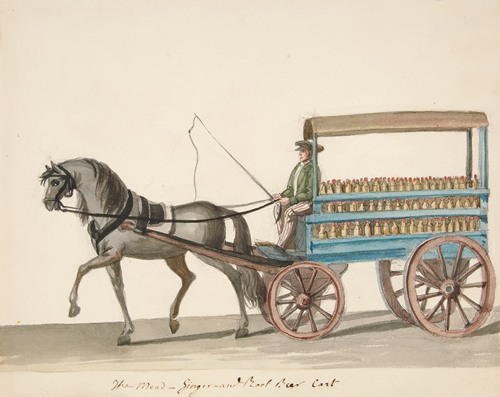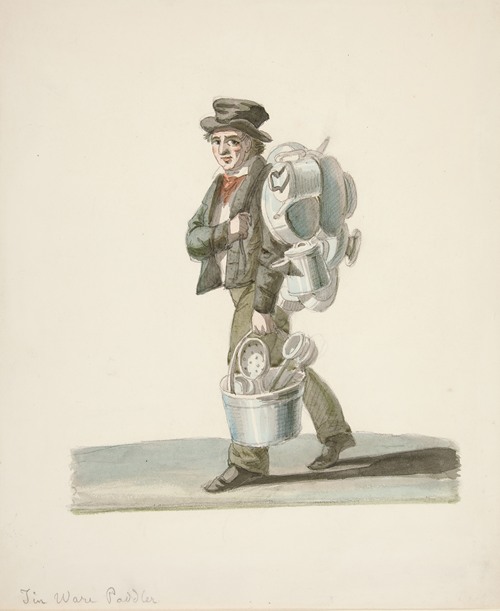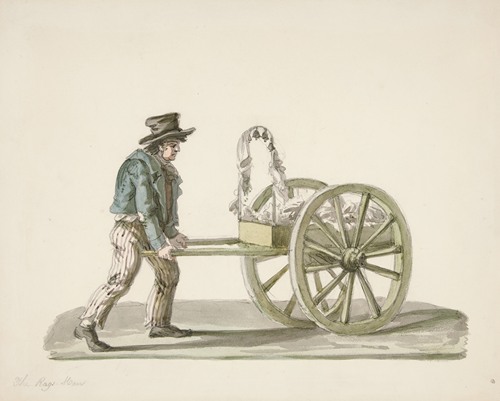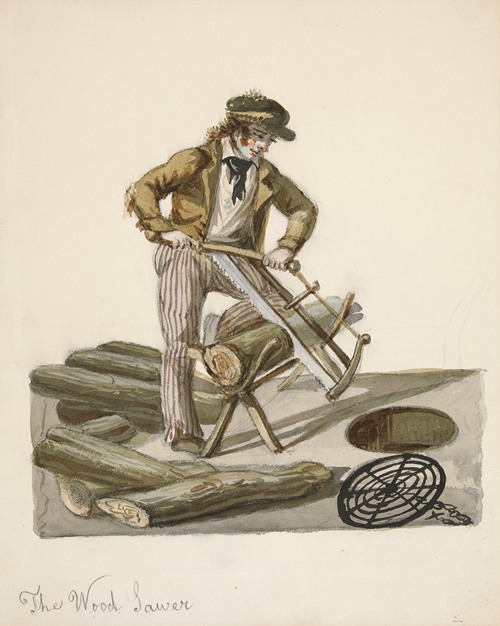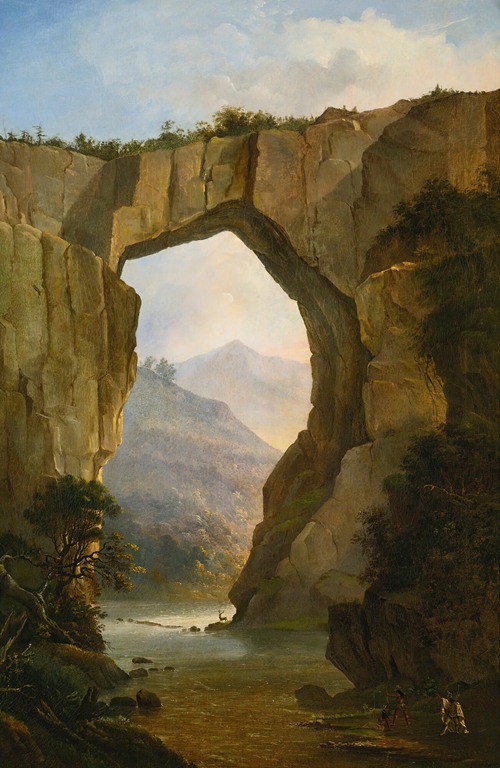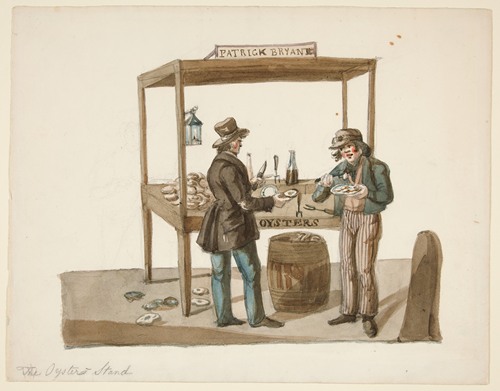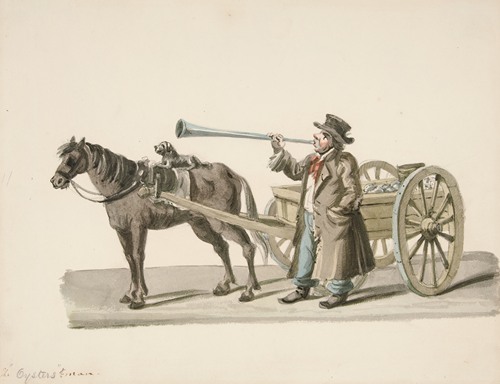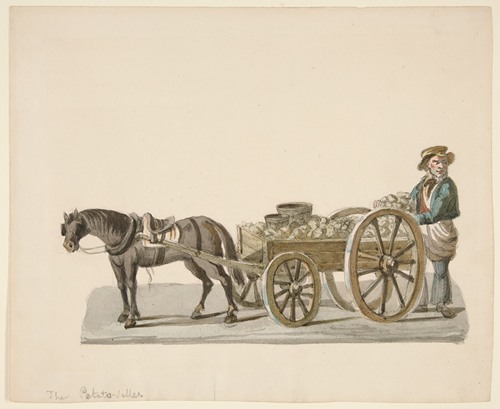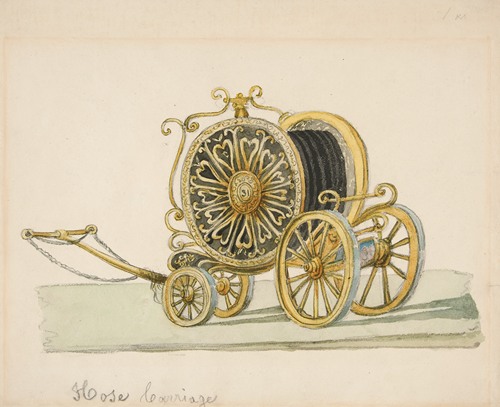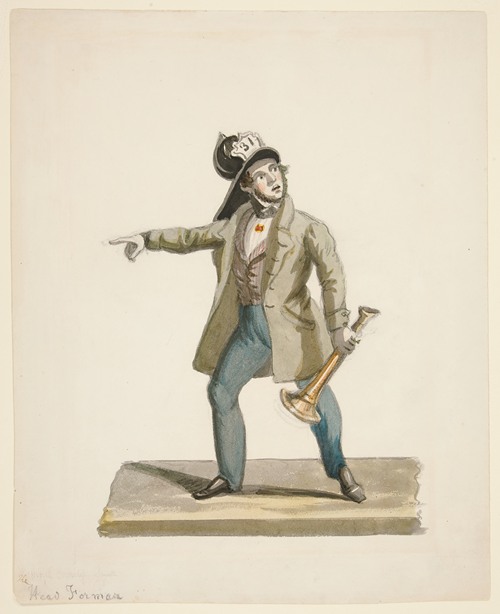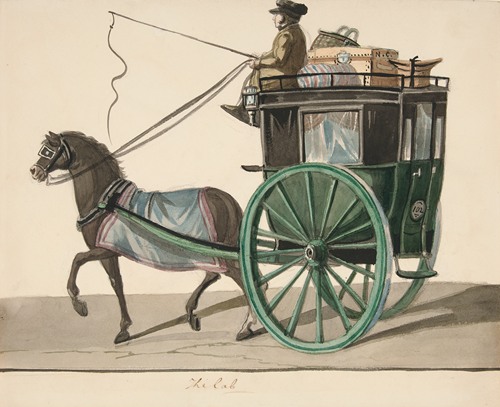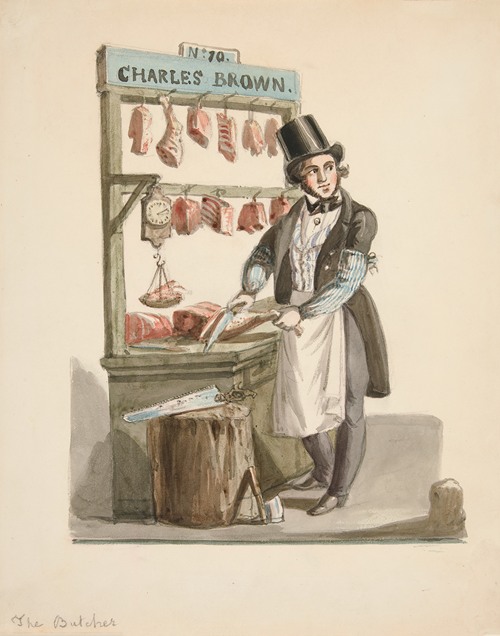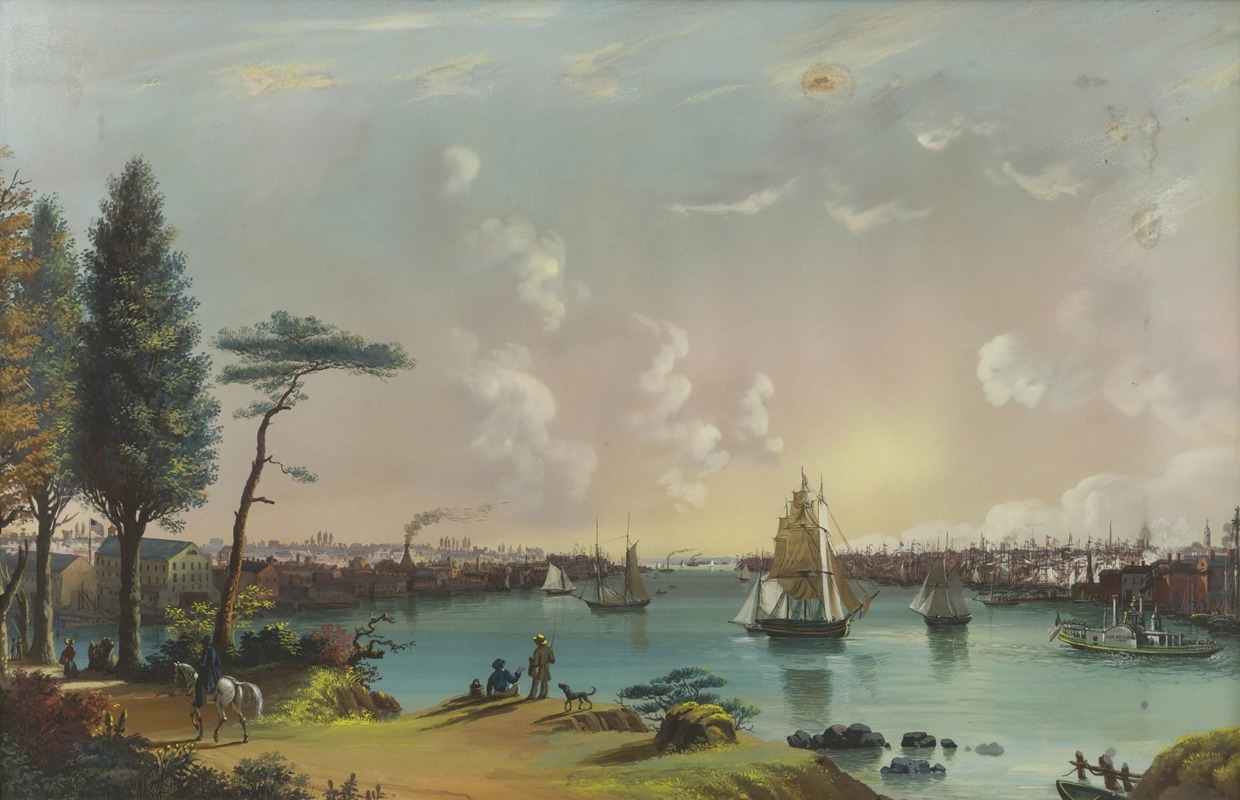
Nicolino Calyo’s career reflects a restless spirit of enterprise and adventure. Descended in the line of the Viscontes di Calyo of Calabria, the artist was the son of a Neapolitan army officer. Calyo received formal training in art at the Naples Academy. His career took shape amidst the backdrop of the political turbulence of early nineteenth century Italy, Spain, and France. He fled Naples after choosing the losing side of struggles of 1820–21, and, by 1829 was part of an Italian exile community in Malta. This was the keynote of a peripatetic life that saw the artist travel through Europe, to America, to Europe again, and back to America.
Paradoxically, Calyo’s stock-in-trade was close observation of people and places, meticulously rendered in the precise topographical tradition of his fellow countrymen, Antonio Canale (called Canaletto) and Francesco Guardi. In search of artistic opportunity and in pursuit of a living, Calyo left Malta, and, by 1834, was on the opposite side of the great Atlantic Ocean, in Baltimore, Maryland. He advertised his skills in the April 16, 1835, edition of the Baltimore American, offering “remarkable views executed from drawings taken on the spot by himself.
Favoring gouache on paper as his medium, Calyo rendered faithful visual images of familiar locales executed with a degree of skill and polish that was second nature for European academically-trained artists. Indeed, it was the search for this graceful fluency that made American artists eager to travel to Europe and that led American patrons to seek out the works of ambitious newcomers.
More Artworks by Nicolino Calyo (View all 36 Artworks)

